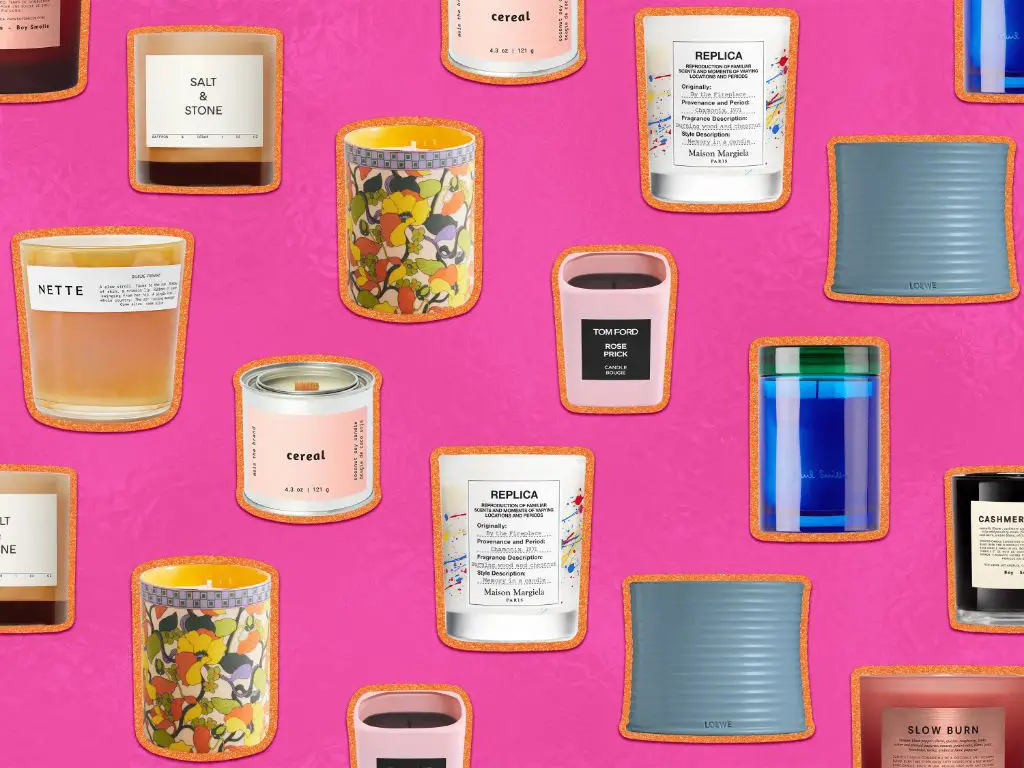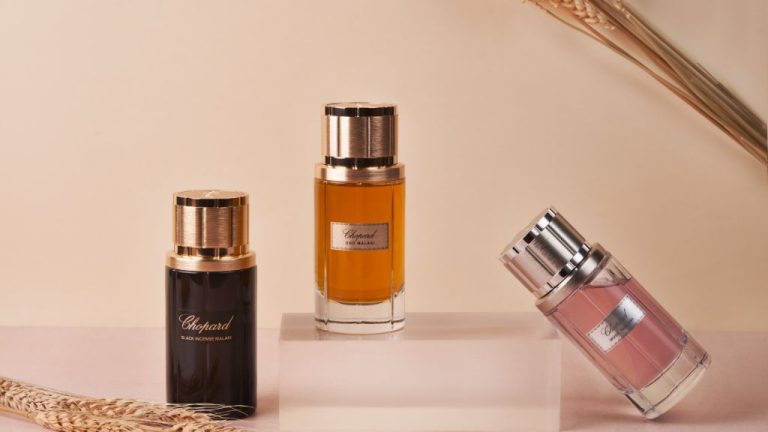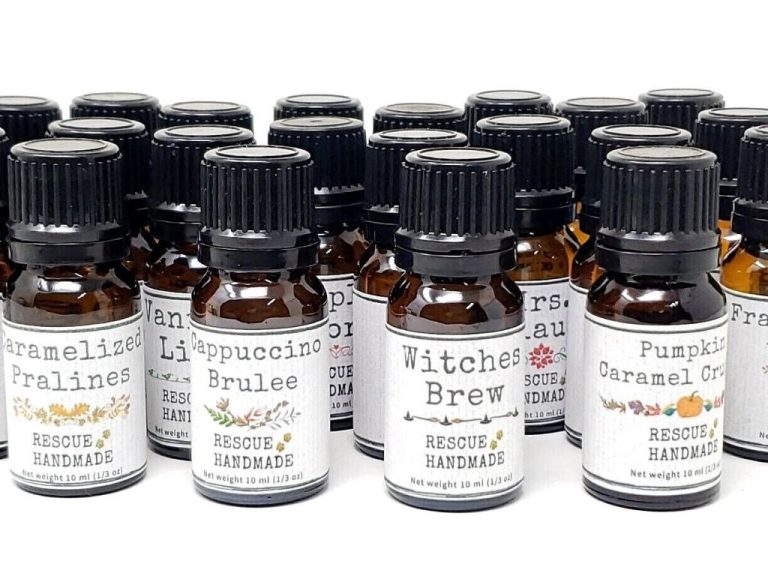What Gives Scented Candles Their Scent?
Scented candles are candles that have added fragrances to provide pleasant aromas while burning. They contain scents like floral, fruity, spicy, or woody notes that are released into the air when the candle is lit, helping to scent a room or space. Scented candles have become extremely popular home accessories and self-care items used to create cozy, relaxing environments and aromatherapy benefits. The global scented candle market has grown rapidly in recent years, with scented candles now used pervasively in homes, offices, spas, retailers, and other commercial settings.
The origins of scented candles can be traced back centuries to early candle making. But developments in recent decades have made them widely accessible. Modern scented candles are typically made from paraffin wax, soy wax, or beeswax, and use scented oils to create fragrant aromas. When burned, the oils evaporate into the air to scent and freshen indoor spaces. The popularity of scented candles stems from their ability to instantly add ambiance, help people relax, provide mental stimulation, suppress unpleasant odors, and deliver fragrance without the need for actively diffusing oils or spraying air fresheners.
Candle Wax
The wax used to make a candle plays a big role in how the candle will smell when burning. There are a few main types of wax commonly used in candle making:
Paraffin Wax – This petroleum-based wax is the most commonly used candle wax. It’s inexpensive, easy to work with, and provides a high fragrance throw. The downside is that it produces more soot than other waxes when burned.
Soy Wax – Made from soybeans, this renewable and environmentally-friendly wax burns clean with less soot. It holds fragrance well but doesn’t distribute scent quite as strongly as paraffin. Soy wax also costs more.
Beeswax – Beeswax gives candles a natural honey aroma and burns slowly with a low melt point. It’s expensive so it’s often blended with other waxes. Pure beeswax candles have a subtle, delicate scent throw.
Fragrance Oils
Fragrance oils are the key ingredients that provide scented candles with their alluring aromas. Candlemakers use both synthetic fragrance oils, which are artificial scents created in a lab, as well as natural fragrance oils derived from plant sources like fruits, flowers, herbs, and spices.

Synthetic fragrance oils allow candlemakers to recreate almost any scent imaginable, even ones not found in nature. They blend chemical isolates to produce distinctive and consistent fragrances designed to smell like foods, perfumes, and other aromas. Popular synthetic fragrance oils for candles include apple, cinnamon, vanilla, clean cotton, and ocean breeze.
Natural fragrance oils, on the other hand, are extracted directly from plants using methods like steam distillation and cold pressing. They offer more authentic, botanical scents, but can be more expensive and variable in quality. Common natural fragrance oils include lavender, peppermint, lemon, eucalyptus, and tea tree. Many candlemakers blend synthetic and natural oils to achieve the perfect balance of realism, complexity, and affordability.
Regardless of the source, fragrance oils allow candlemakers to infuse wax with concentrated, long-lasting scents. Without fragrance oils, candles would have little to no aroma when burning.
Essential Oils
Essential oils are natural oils extracted from plants that contain the plant’s fragrance compounds. Common essential oils used in candles include lavender, lemon, peppermint, eucalyptus, tea tree, rosemary, and orange. When heated, the natural compounds in essential oils vaporize into the air and provide fragrance.
Essential oils are extracted from plant materials through processes like steam distillation, which separate the aromatic compounds from the plant matter. The natural fragrant compounds within plants are found in their flowers, leaves, stems, roots, bark, resin, and peel. Since essential oils retain the true scent of the plant itself, they offer more natural aroma than artificial fragrances.
However, essential oils are quite concentrated and can burn off quickly when heated. Many candle makers find it works best to blend essential oils with other candle wax, vegetable oils, or synthetic fragrance oils to fully release their aroma when burned. Using pure essential oil alone may not produce enough fragrance. But adding 5-15% essential oil to candle wax can provide a nice natural scent. Overall, essential oils from botanical sources give candles a pure, authentic fragrance profile.
Fragrance Intensity
The amount of fragrance oil added to candle wax, known as the fragrance load, has a big impact on the intensity and longevity of the candle’s scent. Most candle makers recommend using 5-10% fragrance oil by weight. For example, if you are making a candle with 10 ounces of wax, you would add 0.5 to 1 ounce of fragrance oil.
Adding more than 10% fragrance oil can make the scent too overpowering when burning and also poses safety risks. As a general rule, do not exceed 12% fragrance load. Using less than 5% fragrance may result in a candle that does not throw scent efficiently.
The type of wax and wick also affect how well a fragrance disperses. Paraffin wax holds fragrances better than vegetable waxes like soy and palm. Cotton wicks help draw out and diffuse fragrance oils. Testing different fragrance loads with your wax and wick combination will enable you to find the ideal balance.
When making candles with multiple scents, reduce the amount of each fragrance oil accordingly. For example, use 3-5% of each fragrance in a double-scented candle. This will prevent the fragrances from overpowering each other or the candle from getting too strongly scented overall.
Scent Throw
Scent throw refers to how well a candle’s fragrance fills the air when burning. It describes the strength at which the scent diffuses into the surrounding environment (url: https://www.candlescience.com/learning/candle-making-101-hot-throw/). A strong scent throw means the fragrance will be potent and noticeable across a room. Weak throw means the scent stays closer to the candle.
There are a few key factors that affect a candle’s scent throw:
- Wax Type – Natural waxes like soy and beeswax have lower throw than paraffin.
- Fragrance Oil – Some scents naturally have stronger throw than others.
- Wick – Properly sized wicks will maximize hot throw.
- Additives – Certain additives can help anchor scent and boost throw.
- Vessel – Containers that allow more airflow produce better throw.
Testing different wax blends, wicks, and vessels allows candle makers to improve scent throw. But the fragrance oil itself ultimately determines the intensity at which a scent will carry through the air (url: https://www.harlemcandlecompany.com/blogs/journal/what-is-candle-throw-and-why-it-matters).
Wick
The wick is a key component that transports the candle fragrance when lit. As the wick burns, it draws the liquefied wax up through capillary action. This causes the wax to vaporize at the top of the wick as it burns. The heat from the flame helps to release the fragrance oils and essential oils that have been mixed into the wax. As the scented vapor is released, the aroma fills the surrounding air. The type of wick plays an important role in maximizing fragrance dispersion. A larger, wider wick will allow more wax and fragrance to be pulled up as it burns. Wicks are typically made from braided cotton or paper fibers. The material needs to be absorbent so that the liquefied wax can travel up the wick by capillary action. The width and style of the braid also impact how quickly the wax burns. A properly sized wick is crucial for getting an even burn and dispersing the candle’s scent efficiently. Without the wick, the fragrance within the candle wax would not be released into the air. So in summary, the wick enables the candle fragrance to fill the air by drawing up the scented wax so it can be vaporized and dispersed when lit.
Vessel
The vessel holding the candle wax plays an important role in dispersing the candle’s fragrance. According to Scented Vessel – Cape Candle, the vessel’s design impacts how the fragrance is released when the candle is burned. Shallow, wide vessels allow more fragrance to disperse compared to tall, narrow vessels. The material of the vessel also matters – porous materials like ceramic tend to absorb more fragrance oil than non-porous materials like glass. Some specialty candle vessels, like the scented wax vessels from Creative Candles, are designed to emanate fragrance even when unlit. The unburned wax soaks into the porous vessel, releasing scent into the air over time.
Additives
Additives are additional ingredients that are often added to candle wax blends to modify or enhance certain performance properties of the finished candle [1]. Some common additives include:
Dye – Dye comes in either liquid or solid chip form and is used to add color to candle wax. Both liquid and solid dyes are added in very small amounts to achieve the desired color shading.
UV Inhibitors – UV inhibitors are additives that help protect candle wax from damage caused by UV rays from sunlight. They prevent the candle wax from discoloring, fading, or developing a chalky film when exposed to light over time [2].
Other additives like fragrance oils, essential oils, hardeners, and enhancers can also be added to modify the scent, texture, and burn performance of the candle wax blend.
Conclusion
In summary, the scent in scented candles comes primarily from fragrance oils and essential oils that are added to the wax. The type and amount of oils used determine the candle’s fragrance intensity and scent throw. Factors like the wick and vessel also impact how well the scent is dispersed when the candle is burned. The scent profile is an integral part of the candle experience and a main driver of consumer preferences and purchases in the lucrative scented candle market.
This article reviewed how fragrance oils and essential oils are integrated into candle wax to provide distinctive and consistent scents when burned. Vanilla and floral scents are currently the most popular, but there are many scent options to suit different consumer tastes. The scent intensity and scent throw can be adjusted based on oil volume and type. Proper wick selection and vessel design also ensure the fragrance is adequately dispersed. In the end, scent is one of the key characteristics that makes scented candles so appealing.






